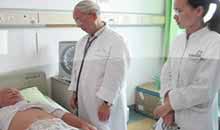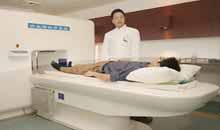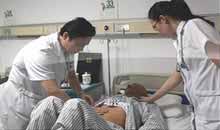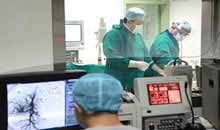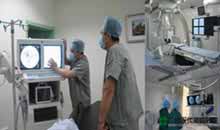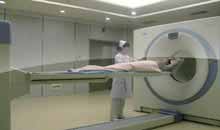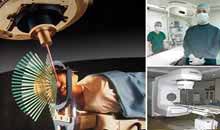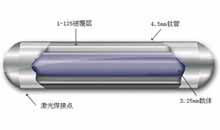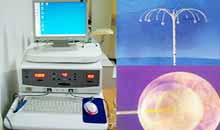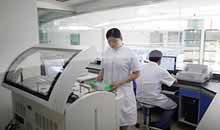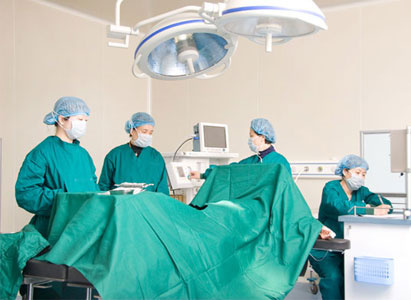
Breast cancer is a systemic disease. Currently surgery is still one of the main treatment methods, but there are still auxiliary chemotherapy, endocrine therapy, natural therapy, radiotherapy and other biological ways.
As medical science diagnostic techniques improve, surgical treatment methods are constantly improving. The traditional radical mastectomy and extended radical mastectomy have evolved into modified radical mastectomy, or even breast-conserving surgery.
Advantages of modified radical mastectomy
Principles and purposes of progress in the development of breast cancer surgery is to protect the effect of surgery on the basis of reducing patient’s pain and improving postoperative function and quality of life. However, Modified radical mastectomy that has insisted the principle and been widely used in the treatment of early stages breast cancer, are becoming more and more popular among doctors and patients.
The main advantage of modified radical mastectomy is to eliminate tumor lesions while preserving pectoralis major, pectoralis minor muscle or just cutting the pectoralis minor muscle. This approach not only reduces the extent of surgery, reducing the patient's pain and shortening healing time, but also is better able to keep patient’s thorax shape and avoid dysfunction in upper arm, so it is conducive to breast reconstruction and recovery of motor function.
Compared with the traditional radical mastectomy and extended radical mastectomy, modified radical mastectomy completely removes the cancer locally, so the local recurrence rate is not higher than that of traditional radical surgery. Postoperative five or ten years survival rate as well as survival rate of stage Ⅱ, Ⅲ cases has no significant difference with that of traditional radical mastectomy.
How is surgery performed?
Modified radical mastectomy has two methods:
(1)Patey surgery:
preserve the pectoralis major but cut pectoralis minor so as to retain good shape and function of chest wall. This is better to facilitate breast reconstruction;
(2)Auchincloss surgery:
preserve the pectoralis major and pectoralis minor muscle. Clinical findings, in fact, has found auchincloss surgery and patey have no significant difference in the effect of surgery, but because auchincloss surgery owns smaller probability on chest nerve damage and also retains both thepectoralis major and pectoralis minor, therefore, it is more likely to be accepted by patients.
resection scope:
Include all of the ipsilateral breast tissue covering the surface of the tumor’s skin, armpit, subclavian and axillary fat and lymph tissues, arteries, vein branches to the armpit and so on. If thoracic nerve and thoracodorsal nerve won’t affect the surgery, then they can be retained
Incision:
Skin incision of modified radical mastectomy is determined by the tumor size, location, extent of violations, breasts’ size, shape design and so on. There are horizontal crescent incision and vertical fusiform incision, but an incision should be kept 3cm margin more from the tumor. How to free flap and remove the breast is determined by the surgical method.
In general, after modified radical mastectomy, patients will be given with chemotherapy, radiotherapy, and other systemic immune therapy to control any metastatic potential in vivo, preventing metastasis and recurrence.
Who are suitable for modified radical mastectomy?
StageⅠ, Ⅱ breast cancer patients;
Stage Ⅲ breast cancer patients with no contraindications;
Patients with benign tumors becoming malignant ones but without distant metastases
Contraindications
Extensive skin edema
Multiple skin nodules
Chest wall is completely fixed
Involved upper limb edema
Inflammatory breast cancer
The diseased side armpit and supraclavicular lymph nodes are too large and fixed.
Pectoralis major is invaded or there is nodi lymphatici interpectorales metastasis or distant metastasis.
Postoperative care
Good and effective care is one important factor to guarantee the operation, reduce complications and improve the survival rate of patients. Patients should pay attention to avoiding infection, keeping the wound dry and observing the situation of limb reflux and nature of exudate substances; when necessary, patients may still need to conduct proper upper limb rehabilitation exercises.
Click these links for more information
Reconstruct Breast Immediately after Modified Radical Mastectomy
Nursing after Modified Radical Mastectomy with Immediate Breast Reconstruction



